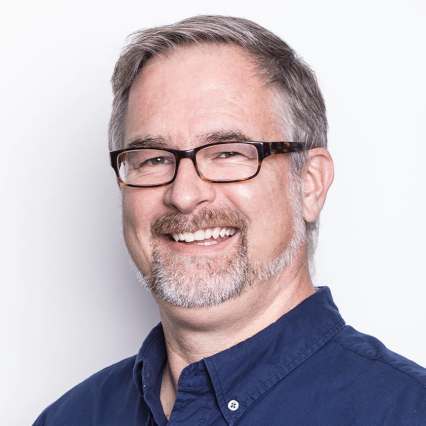Mercedes-Benz's expanding Australian line-up is nearing 100 options, but each model, including niche and low volume vehicles has to pull its weight, according to the German car-maker.
While the models such as the C-Class executive sedan and GLC mid-sized SUV attract a majority of customers to the brand, all models including the more expensive and exclusive ones need to earn their keep, it says.
Even high-value lower volume vehicles were set a minimum target of 100 sales per year.
The company continues to enjoy steady growth with 2016 sales up 13.3 per cent over the previous year, but Mercedes-Benz Australia Pacific senior public relations and corporate communications manager David McCarthy said variety was key to the brand but no model could afford to rest on its laurels.
“You’ve got to give people choice,” he said at the recent Bathurst 12 Hour endurance race. “If you don't give them choice, they'll go elsewhere. And you've got to balance that with the contribution it makes to the bottom line. Every sale is important.”
Mr McCarthy explained that the company regularly reviewed the performance of each offering in the line-up to evaluate its contribution to the bottom line, but there were no specific models in line for the chop at this stage.
As a general rule Mr McCarthy said even high-value lower volume vehicles were set a minimum target of 100 sales per year and all sales added to the final tally.
“Under what we call the heavy metal, which is anything over $150,000, a car has to do 100 a year to justify doing it. “Something like the G Professional (4x4 ute), that adds 200 to 300 vehicles. Well, that’s all part of your total, so every vehicle is important.
“Nothing is under notice. E-Class Estate was a challenge, but we did the volume. But again, one of the arguments is how do we make this work, how do we make money, how do we cover the compliance costs, the parts cost, the training cost. But also a factor in that that’s really important is you’ve got existing customers for that car.”
Most models in the local line-up made it over the line last year but some esoteric models did not make the magic 100, including the SL-Class high-end large sportscar which managed 57 registrations and the S-Class luxury large sedan which just fell short with 94 sales.
Mr McCarthy explained that the current diverse range was important for customer retention and enabled existing owners to climb up through the Mercedes ranks as their life circumstances change.
“You have to undertake a lot of activity to get new people to the brand,” he said. “The compact cars (A-Class, B-Class) have done that. But you want to keep them in the brand, and again it’s that stepping. You’re stepping up price points but also size and body variants, and engine variants.”
Prestige wagons are one such challenging vehicle to sell in Australia’s unique automotive landscape, but Mr McCarthy highlighted the success of Mercedes and its rivals in increasing the appeal of boot-boosted models and the high expectations it has for the E-Class All-Terrain wagon.
“I feel good about that,” he said. “Audi has done very well in that market, Volvo does pretty well. Estates of that size and price bracket are hard to sell. But again, I think once people see it and they drive it... We did about 100 E Class Estates last year. We’re going to look to hopefully double that.
“Everyone that’s driven it talks about its all-terrain ability. Okay, you’re not going to go across the Simpson Desert in it, let alone the Canning Stock Route, but for snow, for camping, for that sort of stuff, I think it’s going to do really well. And its ride and performance and dynamics are really exceptional. At around $110, 000, I think it's going to do very well.”



.jpg)
.jpg)

.jpg)

.jpg)
.jpg)


.jpg)

.jpg)

.jpg)



.jpg)

.jpg)

.jpg)
.jpg)
.jpg)

.jpg)


Comments